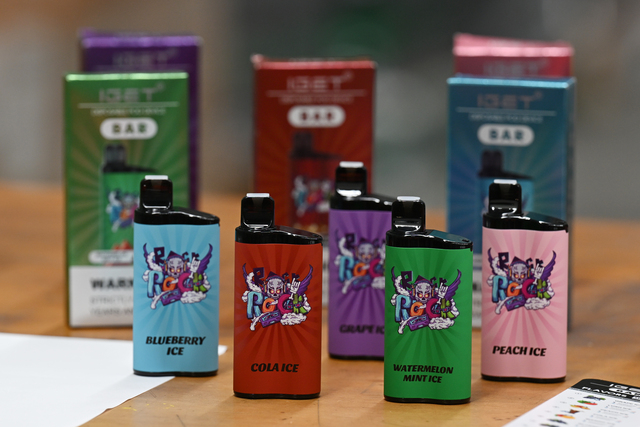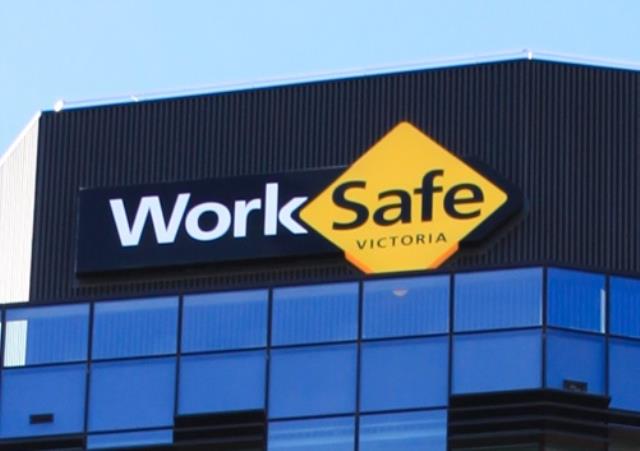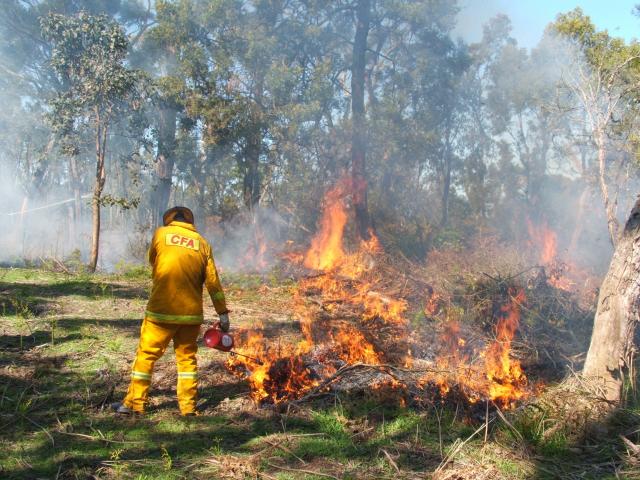In a first for the state, primary school teachers and health educators of grades five and six students will now have access to a range of Victorian curriculum-aligned vaping education resources to teach young people about the harms of vaping and help create healthy communities.
Data from 2022-23 ASSAD survey showed 13 per cent of 12-15 year old students reported vaping in the past month, demonstrating the need for preventative education at a younger age.
Quit Victoria, working in partnership with Monash University, VicHealth, Victorian Department of Education, Victorian Curriculum and Assessment Authority (VCAA), Australian Council for Health, Physical Education and Recreation (ACHPER) Victoria and Independent Schools Victoria, developed the suite of free, evidence-based vaping education resources for Victorian schools.
The newest materials, Seeing Through the Haze, developed specifically for late primary-years students, build on the success of years 7-10 vaping education resources released in early 2024 and since downloaded thousands of times.
Quit director Rachael Andersen, said the new resources are designed to equip younger students with critical thinking skills as they approach early secondary school years, when vaping is more likely to be initiated, independence from parents increases and peer group pressure often ramps up.
“Our hope is to prevent nicotine addiction in children by giving them the knowledge on why and how to say no to vaping. Beginning this type of preventative education in primary school is crucial at a time when kids are curious and starting to be more heavily influenced by social media messages. And aligning these resources to the new Victorian curriculum will allow for easy integration by teachers and health educators,” she said.
VicHealth executive manager health promotion systems, Michelle Murray said these new primary school resources will play a vital role in reducing and preventing vaping harm among young people.
“Public health efforts to reduce tobacco use and nicotine addiction have been enormously successful but there’s always more to do with novel products like vapes looking for new ways to addict younger people. That’s why it’s so important to help young people understand the serious impacts of these products, ensuring we protect future generations from the harms caused by Big Tobacco and the vaping industry,” she said.
The resources are broken into activities across several modules to help students get the facts on vaping, to understand how social factors contribute to vaping and to develop vaping education campaigns to make change. Students are also supported to investigate cessation support services, developing important health help seeking behaviours.







